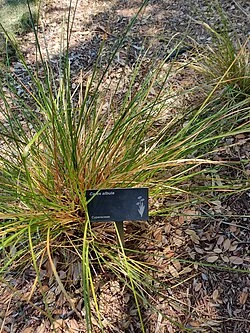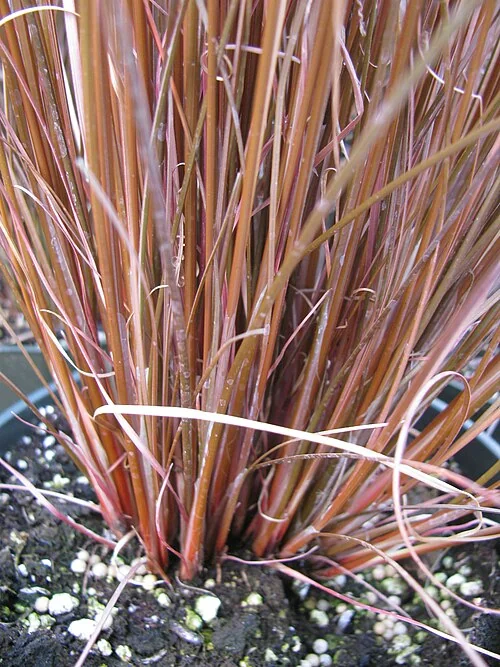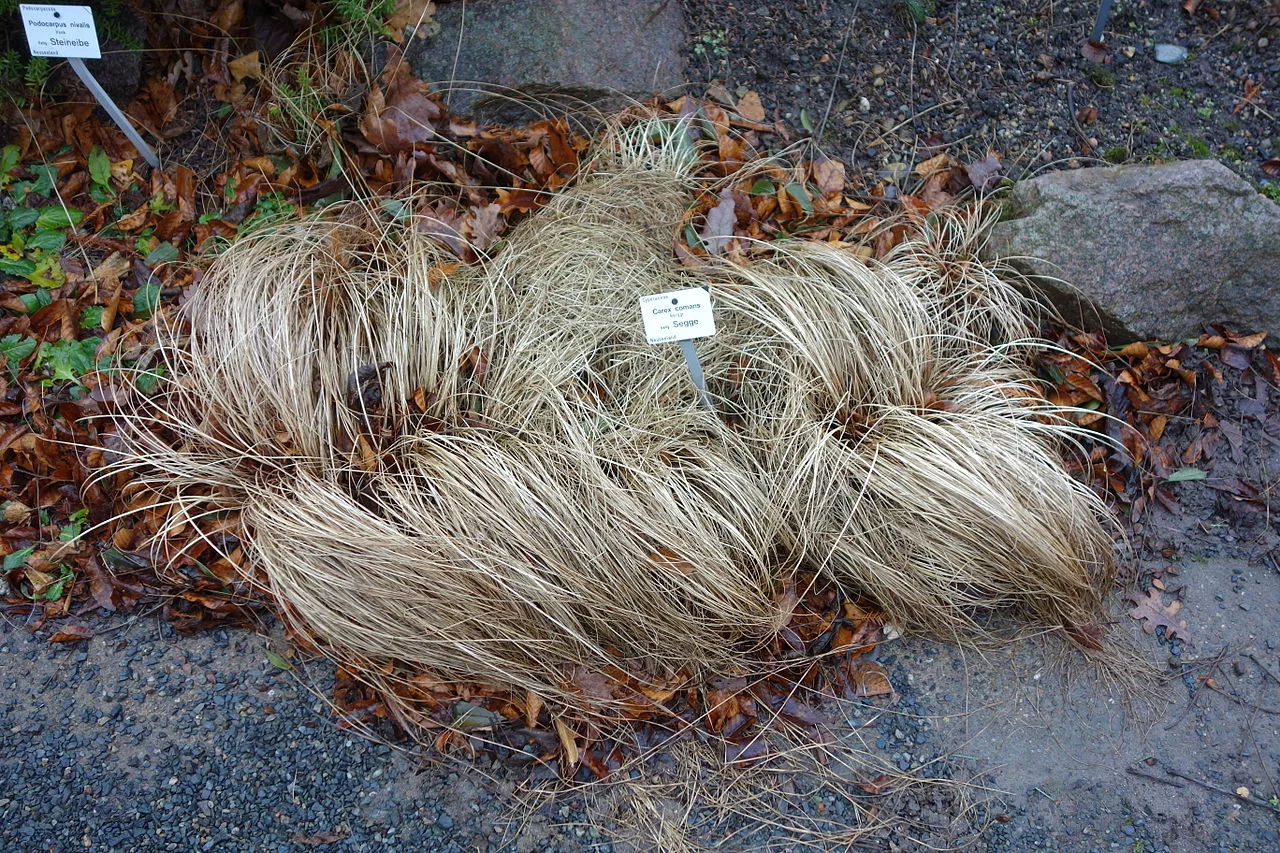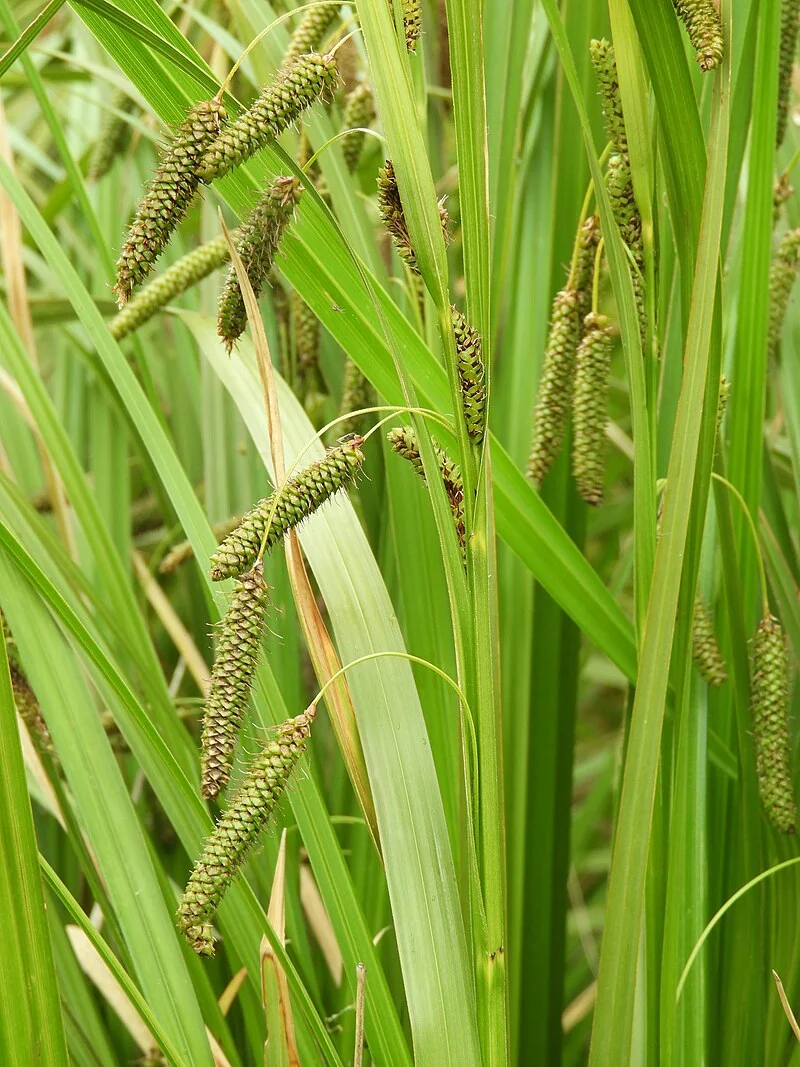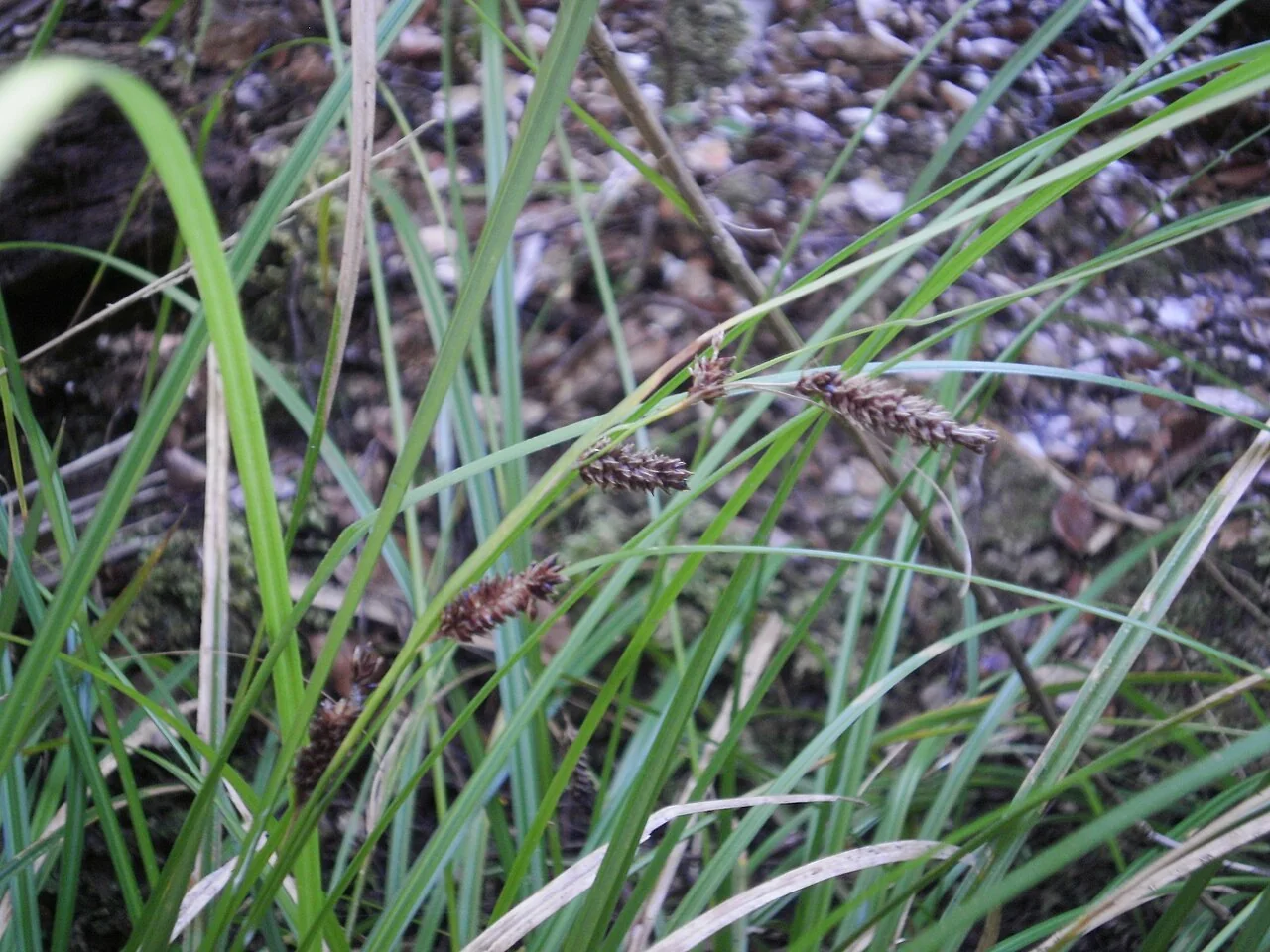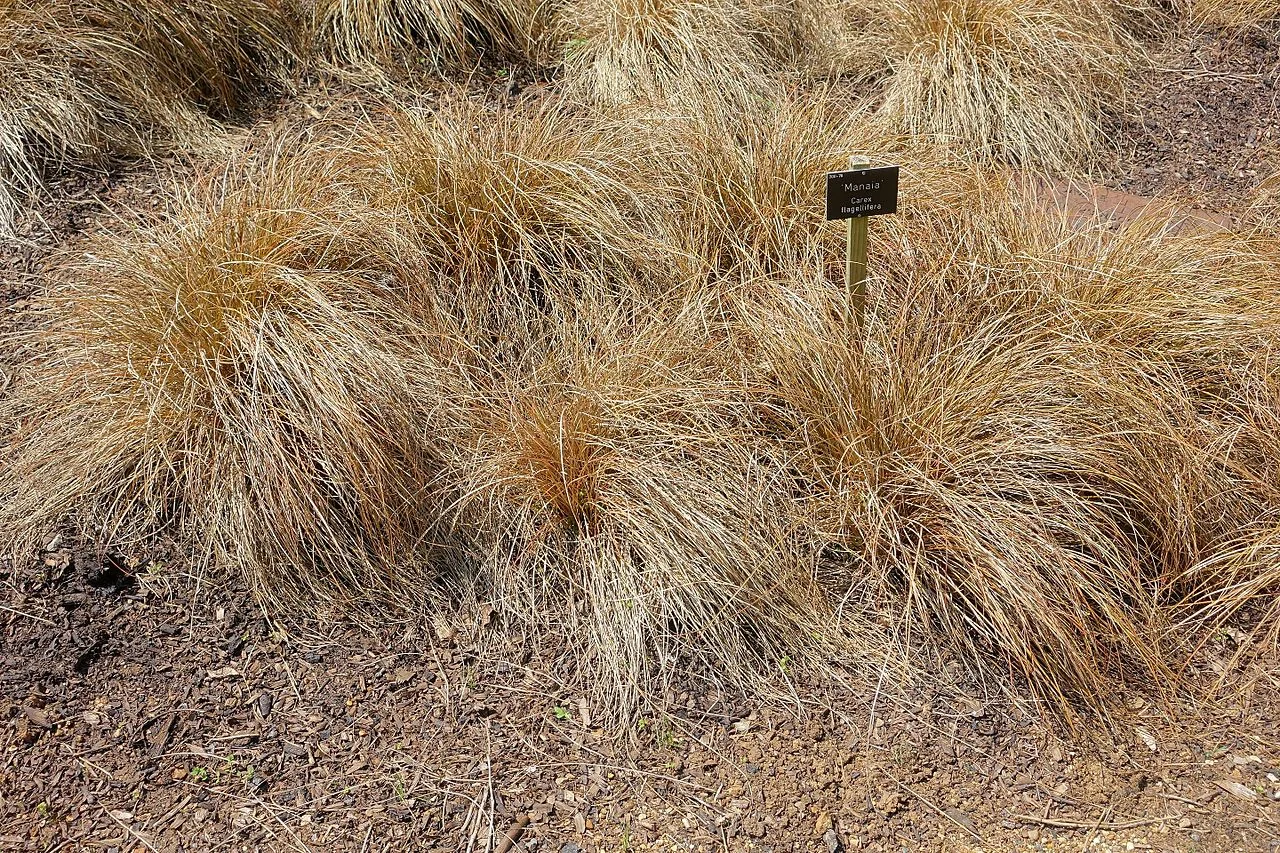
Shore Bindweed
Calystegia soldanella
Calystegia soldanella, commonly known as shore bindweed or beach morning glory, is a trailing perennial vine native to coastal habitats worldwide. This hardy plant is characterized by its fleshy, kidney-shaped leaves and attractive pink to lavender trumpet-shaped flowers with five white stripes. It plays a crucial role in coastal ecosystems by binding sand and stabilizing dunes, showcasing remarkable tolerance to salt, wind, and drought. Its ecological importance and beautiful flowers make it a significant species in its natural environment. Explore more in the native plants index.

Plant Description
Calystegia soldanella, commonly known as sea bells, sea bindweed, or shore bindweed, is a perennial vine with creeping, many-branched, trailing, fleshy stems that can grow up to 0.6 meters (2 feet) long. Its distinctive leaves are undivided, kidney-shaped (reniform), fleshy, glossy, and typically range from 10-80 mm in length and 10-75 mm in width. The plant produces showy, trumpet-shaped flowers that bloom from mid-spring to fall, usually between April and September. These flowers are delicate pink to vivid lavender, often adorned with five white stripes and a golden center, and measure between 20-50 mm in diameter. They are insect-pollinated and give way to broad-ovoid capsules containing seeds.
Calystegia soldanella is found in temperate coastal regions worldwide, including the west and some parts of the east coast of North America, across Europe into Asia, and in the Southern Hemisphere in Australia, New Zealand, southern South America, and South Africa. It thrives in beach sand and other coastal habitats, often growing in loose, well-draining sandy soils, and can tolerate drought, salty wind, and salt spray. The plant spreads by rhizomes, forming a mat without being invasive. It prefers full sun and moderate temperatures, and while it can tolerate nutrient-poor conditions, it benefits from well-draining soil.
Quick Facts
| Scientific Name | Calystegia soldanella |
|---|---|
| Height | Up to 10 cm |
| Spread | 60-90 cm |
| Water Needs | Low to Moderate; drought tolerant once established |
| Light | Full sun |
| Frost Tolerance | Not specified |
| Salt Tolerance | Not specified |
| Growth Rate | Not specified |
| Lifespan | Not specified |
Climate Best Suited to
| City | Climate Suitability |
|---|---|
| Whangārei | Ideal |
| Auckland | Ideal |
| Hamilton | Ideal |
| Tauranga | Ideal |
| Rotorua | Ideal |
| Gisborne | Ideal |
| New Plymouth | Ideal |
| Napier | Ideal |
| Whanganui | Ideal |
| Palmerston North | Ideal |
| Wellington | Ideal |
| Nelson | Ideal |
| Christchurch | Ideal |
| Dunedin | Moderate |
| Invercargill | Moderate |
Plant Habitat
Calystegia soldanella hugs open, mobile sands on the seaward face of dunes and the upper beach, where wind, salt spray, and periodic sand burial are routine. It thrives in free-draining, low-fertility substrates and is an early stabiliser of foredunes, weaving through sand to bind the surface. Typical associates include spinifex (Spinifex sericeus), pāngao (Ficinia spiralis), sand coprosma (Coprosma acerosa), and New Zealand ice plant (Disphyma australe). The plant is extremely tolerant of salt-laden winds, drought, and shifting sands, but recedes where vegetation becomes dense or shade increases.
Plant Conservation
In New Zealand, shore bindweed is widespread on sandy coasts and is currently not threatened. Local populations can, however, be reduced by trampling, off-road vehicles, coastal development, and weed invasion (e.g., marram grass). Dune restoration projects often reintroduce Calystegia soldanella as a native sand-binder to stabilise foredunes and support coastal biodiversity. Use eco-sourced plants for restoration to maintain local genetic integrity, and control nearby weeds to reduce competition.
Growing Requirements
Calystegia soldanella thrives in loose, sandy, and very well-draining soil, typical of coastal habitats such as sand dunes, shell banks, fine gravel, pumice, and cliff faces. It tolerates nutrient-poor conditions but requires good drainage, as waterlogged soil should be avoided. This plant prefers full sun and cannot grow in shaded areas. It is drought-tolerant, preferring the soil to dry out between waterings, though consistent moisture in coastal dunes is beneficial. It is highly tolerant of salty wind and salt spray. Fertilizer requirements are low; a balanced, slow-release fertilizer can be applied sparingly if desired. Pruning is generally not necessary, but dead or damaged stems can be trimmed to maintain its appearance.
Planting Guide
Prepare a weed-free, free-draining site. In compact soils, create a broad mound mixed with coarse sand to improve drainage. Set plants slightly deeper than pot level to anchor runners, spacing 60-90 cm apart to allow a low mat to form. Backfill with sandy material and firm gently. Water to settle and, in exposed sites, pin several runners with biodegradable U-pins to encourage contact with the substrate.
Ecological Role
As an early coloniser and sand-binder on foredunes, shore bindweed slows near-surface wind, traps drifting sand, and helps initiate dune formation. Its flowers support day-active pollinators, while its low canopy shelters invertebrates in the harsh upper-beach zone. By stabilising the strandline and foredune toe, it facilitates establishment of other native dune plants such as pāngao and spinifex, strengthening natural coastal defence against erosion and storm surge.
Uses and Significance
Garden Uses
Ecological Value
Provides nectar for pollinators and critical sand-binding structure that reduces erosion. Its mat-forming habit creates microhabitats that shelter shore invertebrates and seedlings of other native dune species.
Landscaping Uses
Combine with other salt- and drought-tolerant natives such as spinifex (Spinifex sericeus), pāngao (Ficinia spiralis), sand coprosma (Coprosma acerosa), shore spurge (Euphorbia glauca), and New Zealand ice plant (Disphyma australe) for resilient, naturalistic coastal plantings.
Seasonal Care Calendar
Spring
New growth emerges and flowering begins. This is an ideal time for planting new specimens or propagating from cuttings. Ensure consistent moisture for young plants and protect them from strong winds if necessary.
- Ideal time for planting and propagation.
- Ensure consistent moisture for new plants.
- Light fertilization if needed.
Summer
Shore Bindweed is actively growing and flowering profusely during summer. Consistent watering is important, especially during dry spells, to prevent stress.
- Active growth and abundant flowering.
- Consistent watering is essential.
- Monitor for pests and diseases.
Autumn
Flowering may continue into autumn, and seeds will begin to ripen. This is another good time for planting, allowing roots to establish before winter. Minimal care is required for established plants, but ensure they remain adequately hydrated.
- Flowering continues, seeds ripen.
- Good time for planting.
- Ensure adequate hydration.
Winter
Shore Bindweed is dormant and requires minimal care during this period. Ensure good drainage to prevent root issues in wet conditions.
- Dormant, provides year-round interest.
- Protect young plants from severe frost.
- Ensure good drainage.
When to Prune and How Much
Pruning Details
Shear lightly after the main flush of flowering to maintain a neat outline, and edge back runners that creep onto paths or lawns. Avoid hard pruning into bare runners; leave foliage to protect the sand surface.
How to Grow Shore Bindweed
From Division
Propagate easily by division of rooted runners in spring or early summer. Gently lift established plants and separate rooted sections, ensuring each division has healthy roots and shoots. Replant immediately into well-drained soil and water thoroughly until established. This method is highly effective for expanding your collection or sharing with others.
From Cuttings
For cuttings, take 5-8 cm pieces of healthy stems with nodes in late spring or early summer. Remove the lower leaves and lay the cuttings horizontally on a very free-draining sandy mix. Ensure good contact with the substrate and keep the mix consistently moist but not waterlogged. Rooting typically occurs within a few weeks, after which the new plants can be potted up.
From Seed
Seed can be sown fresh once capsules dry, typically in late summer or early autumn. Lightly scarify tough seed coats to improve germination rates. Sow seeds barely covered in a well-draining seed-raising mix and maintain a temperature of 15-20 °C. Germination can be erratic and may take several weeks to months, so patience is required. Ensure consistent moisture and good air circulation. Once seedlings are large enough to handle, transplant them into individual pots and grow them in a sheltered location before planting out.
Pests and Diseases
Generally trouble-free in exposed coastal conditions. Seedlings may be nibbled by slugs and snails; occasional aphids can appear on soft tips in sheltered gardens. The most common cause of decline is poor drainage: avoid waterlogged sites and heavy soils.
Cultural Significance
Calystegia soldanella, also known as sea bindweed or shore bindweed, holds cultural significance in different regions. In New Zealand, the Māori traditionally utilized the plant's thick, fleshy roots. These roots were gathered, pounded into a pulp, and then used as a relish to flavor meats.
In Scotland, the plant has a historical association, sometimes being referred to as 'The Prince's Flower'. This name stems from the legend that Prince Charles Edward Stuart, also known as Bonnie Prince Charlie, sowed the plant on the Isle of Eriskay in 1745 when he landed there to lead the Jacobite rising. Additionally, Calystegia soldanella is featured in some traditional coastal folklore and myths.
Bonus Tip
On slopes or loose sands, pin young runners with biodegradable U-pins every 15-20 cm to speed anchoring and dune stabilisation. A top-dress of coarse sand or shell helps maintain the sharp drainage this species prefers.
